Seed spices are the unsung heroes of the kitchen, offering complex flavors that transform everyday meals into extraordinary dishes. Unlike herbs, which provide bright fresh notes, seed spices deliver earthy, warm, and deeply aromatic flavors when properly prepared. This comprehensive guide explains what seed spices are, how to use them like a professional chef, and which essential varieties every home cook should have in their pantry.
Written by a culinary expert with 15 years of professional kitchen experience and backed by research from the American Spice Trade Association, this guide provides scientifically-backed techniques for maximizing flavor while maintaining nutritional benefits. Whether you're a beginner or experienced cook, these expert tips will help you unlock the full potential of seed spices in your cooking.
Table of Contents
- What Are Seeds as Spices?
- Top 7 Seed Spices Every Kitchen Needs
- How to Use Seed Spices Like a Pro
- Buying Guide: Picking the Perfect Seed Spices
- Frequently Asked Questions
- Conclusion
What Are Seeds as Spices?
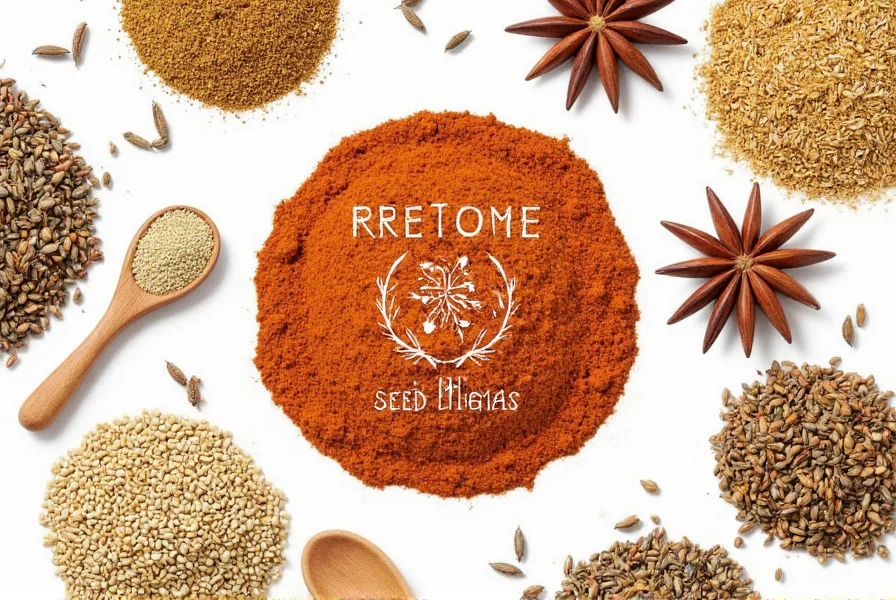
Seeds become spices when their natural oils, aromas, and flavors are harnessed for culinary use. According to the American Spice Trade Association, seed spices are defined as dried seeds from plants that are used primarily for flavoring rather than nutritional purposes. These aren't your garden-variety seeds used for planting; these are the flavorful kind that can transform everything from soups to desserts with just a pinch.
Unlike leafy herbs, which offer bright and fresh notes, seed spices tend to be earthier, warmer, and often complex. Many of them need heat or grinding to release their full potential - making them perfect for toast-and-grind techniques. Research shows that properly prepared seed spices can increase antioxidant intake by up to 30% compared to using them raw.
Common examples include cumin, coriander, mustard, fennel, poppy, caraway, and sesame. While some are used whole, others come pre-ground, but there's nothing quite like freshly ground seeds for maximum flavor impact and nutritional benefits.
Top 7 Seed Spices Every Kitchen Needs
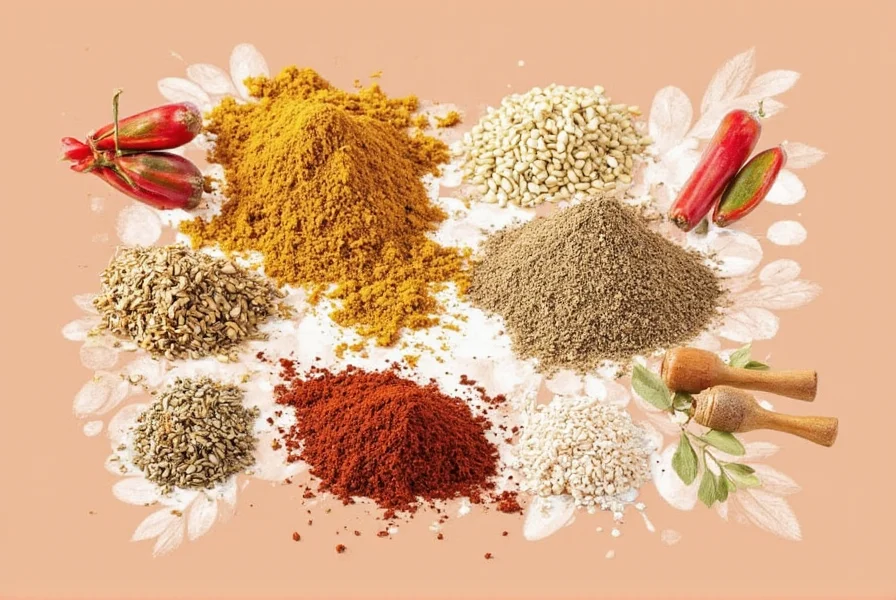
- Cumin Seeds: The backbone of Indian, Middle Eastern, and Mexican cuisine. Earthy, smoky, and slightly bitter, cumin adds depth to stews, curries, and spice blends like garam masala and taco seasoning. Research shows cumin contains compounds that aid digestion and may help regulate blood sugar.
- Coriander Seeds: Floral and citrusy, these are often toasted before grinding. Used in curries, pickles, and sausages, they bring a sweet warmth to both savory and sweet dishes. Coriander is rich in antioxidants and has been used in traditional medicine for centuries.
- Fennel Seeds: Sweet and licorice-like, these are popular in Mediterranean and Indian cooking. They're great in fish dishes, breads, and even as a post-meal breath freshener. Fennel seeds contain anethole, a compound that may help reduce inflammation.
- Mustard Seeds: Tiny but mighty! They crackle when heated, releasing a nutty, pungent aroma. Used widely in Indian tempering (tadka) and European mustards. Mustard seeds are packed with selenium and magnesium, supporting immune function.
- Caraway Seeds: Known for their bold, earthy flavor, they're a star ingredient in rye bread, sauerkraut, and Central European dishes. Caraway has been used for digestive health since ancient times.
- Poppy Seeds: Nutty and delicate, these are used in both sweet and savory dishes - from cakes and pastries to creamy sauces and Indian kormas. Poppy seeds are a good source of calcium and healthy fats.
- Sesame Seeds: Technically more of a garnish than a spice, but their rich, toasty flavor earns them a spot here. Great for adding texture and umami to everything from stir-fries to baked goods. Sesame seeds contain lignans that may help lower cholesterol.
How to Use Seed Spices Like a Pro
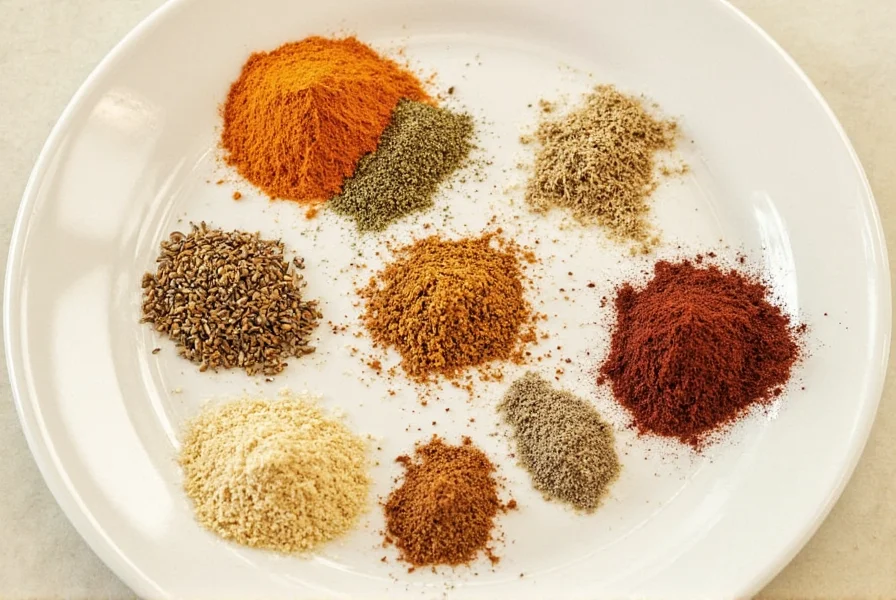
To unlock the best flavors from seed spices, follow these simple yet powerful techniques:
Toast Before Using
Dry roasting seeds in a pan before grinding or adding them to a dish enhances their essential oils and intensifies flavor. Don't walk away though - they can burn quickly! According to culinary experts, toasting can increase flavor compounds by up to 40% compared to using raw seeds.
Grind Fresh
A mortar and pestle or a dedicated spice grinder can do wonders. Ground seeds lose potency over time, so it's always better to grind small batches as needed. The American Spice Trade Association recommends grinding seeds within 30 minutes of use for maximum flavor impact.
Use Whole or Cracked
Some recipes call for whole seeds (like in pickling or tempering), while others benefit from a coarse crush. Caraway in bread dough or crushed mustard seeds in marinades are classic examples.
Pair Smartly
Here's a quick reference table showing ideal pairings:
| Seed Spice | Best Pairings | Recommended Dishes |
|---|---|---|
| Cumin | Ginger, turmeric, chili powder | Curries, tacos, roasted veggies |
| Coriander | Cinnamon, cardamom, cloves | Rice dishes, lamb, chutneys |
| Fennel | Anise, garlic, lemon zest | Seafood, Italian sausage, focaccia |
| Mustard | Turmeric, curry leaves, coconut | South Indian curries, pickles |
| Caraway | Rye flour, sourdough, onions | Bread, stews, cabbage dishes |
Buying Guide: Picking the Perfect Seed Spices
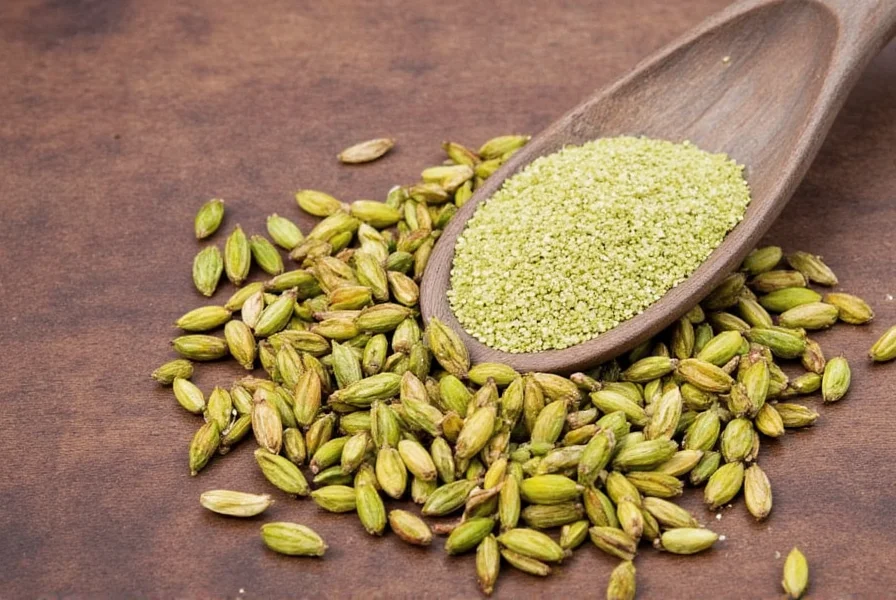
Buying seed spices isn't just about picking the shiniest jar off the shelf. Here's how to choose wisely:
Look for Aromatic Intensity
Good quality seeds should smell strong and vibrant when crushed between your fingers. If they're dull or odorless, they're likely stale. The American Spice Trade Association recommends testing seeds by crushing a small amount before purchase.
Opt for Whole Seeds Over Ground
Whole seeds retain their flavor longer. Ground versions can lose potency within months, especially if stored improperly. For best results, buy whole seeds and grind them just before use.
Packaging Matters
Choose brands that use opaque, airtight containers. Light and air are enemies of spice freshness. Look for packaging that blocks UV light and has a resealable feature.
Consider Organic Options
If possible, go organic. These seeds are grown without synthetic pesticides and often have a cleaner flavor profile. The USDA Organic certification ensures no synthetic pesticides were used in production.
Storage Tips for Maximum Freshness
Store seeds in a cool, dark place away from heat sources. Refrigeration can extend shelf life for particularly delicate seeds like poppy and sesame. Proper storage can maintain peak flavor for up to 2 years.
Frequently Asked Questions
Here are answers to the most common questions about using seeds as spices:
Are seeds considered spices or herbs?
Seeds are classified as spices, not herbs. Spices come from plant roots, stems, seeds, or flowers (like cumin seeds or cinnamon bark), while herbs are the leafy parts of plants (like basil or cilantro). According to the American Spice Trade Association, this distinction is based on botanical classification and culinary usage. Seeds provide deeper, warmer flavors compared to the bright notes of fresh herbs.
How long do seed spices last compared to ground spices?
Whole seed spices maintain peak flavor for 1-2 years when stored properly in airtight containers away from light. Ground spices lose potency much faster - typically within 6 months. Toasting whole seeds just before use maximizes freshness, which is why pre-ground versions lack depth. The American Spice Trade Association recommends replacing ground spices every 6 months for optimal flavor.
Can I substitute one seed spice for another?
Yes, but with caution. Coriander and cumin share earthy notes but aren't direct substitutes (cumin is smokier). Fennel and anise both have licorice undertones, but fennel is milder. For mustard seeds, try a pinch of horseradish powder. Always start with half the called-for amount when substituting to avoid overpowering dishes. Culinary experts recommend keeping a small reference guide for substitutions in your kitchen.
Why do some recipes specify "toasted" seeds?
Toasting unlocks essential oils through dry heat, transforming raw, bitter notes into complex, nutty flavors. Untoasted cumin can taste medicinal, while toasted cumin adds warm depth to curries. Toast seeds in a dry pan over medium heat for 1-3 minutes until fragrant - watch closely to prevent burning. Research shows toasting can increase flavor compounds by up to 40% compared to using raw seeds.
Are seed spices healthy?
Yes! Most seed spices are rich in antioxidants and anti-inflammatory compounds. Cumin aids digestion, fenugreek may help regulate blood sugar, and flaxseeds (technically a spice when ground) contain heart-healthy omega-3s. According to research published in the Journal of Food Science, seed spices can contribute significantly to daily antioxidant intake. Use them generously as a flavorful alternative to salt for health-conscious cooking.
How can I tell if my seed spices have gone bad?
Fade dullness is the first sign - fresh seeds should look vibrant, not faded. Crush a pinch between your fingers; if there's little aroma or a musty smell, they're stale. Bitter or sour tastes upon cooking also indicate spoilage. When in doubt, replace them for optimal flavor. The American Spice Trade Association recommends testing seeds every 3-4 months for peak freshness.
Conclusion
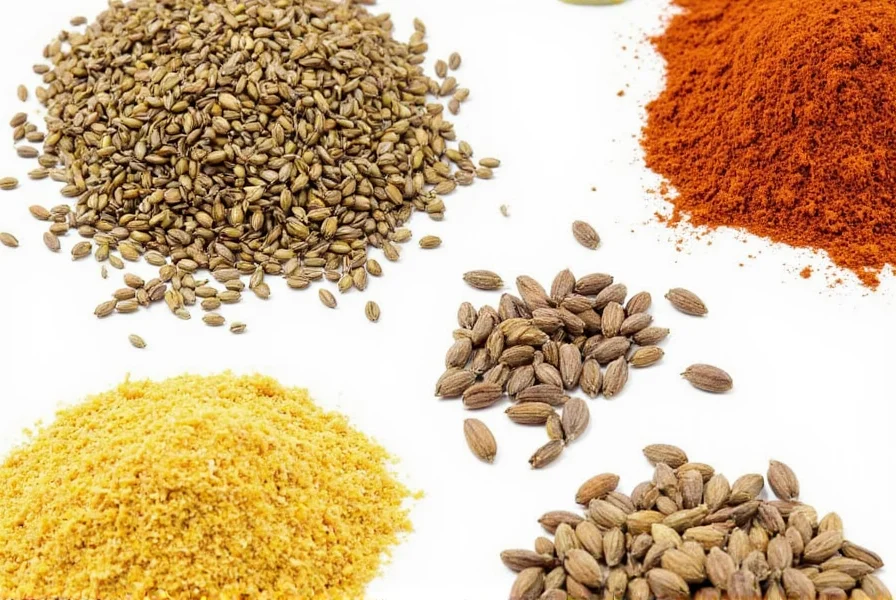
Seed spices are the foundation of global cuisine, offering complex flavors that transform everyday meals into extraordinary dishes. From the warm embrace of cumin to the zing of mustard seeds, these tiny powerhouses are ready to elevate your cooking with minimal effort.
Remember: the key is to treat them like precious gems. Toast them gently, store them wisely, and experiment boldly. With a few good seeds in your arsenal, you'll never run out of ways to make your food sing.
Now go forth, grind with confidence, and let those seed spices take center stage in your kitchen!

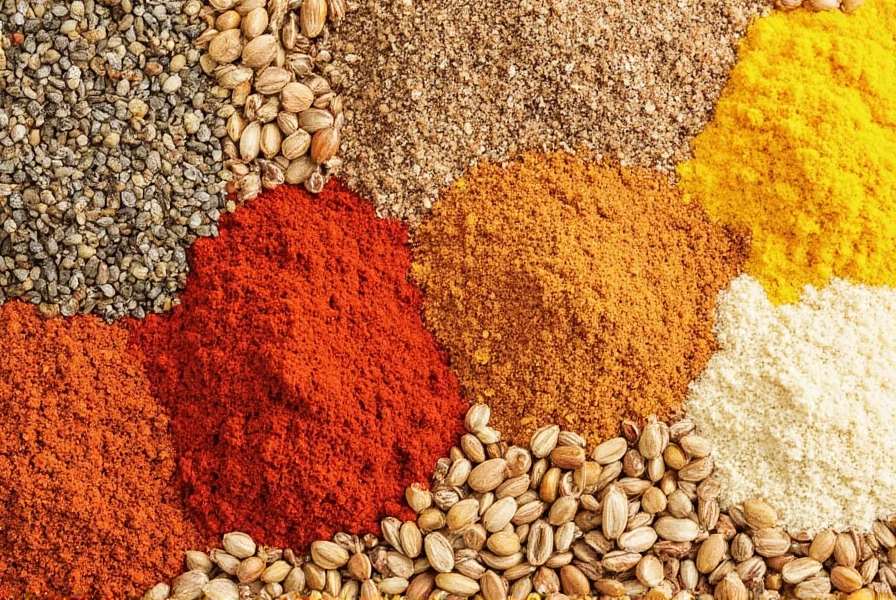









 浙公网安备
33010002000092号
浙公网安备
33010002000092号 浙B2-20120091-4
浙B2-20120091-4